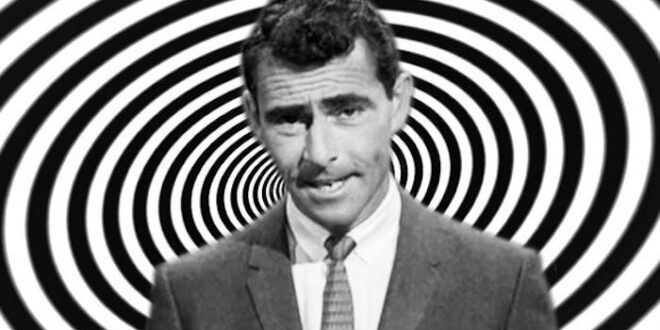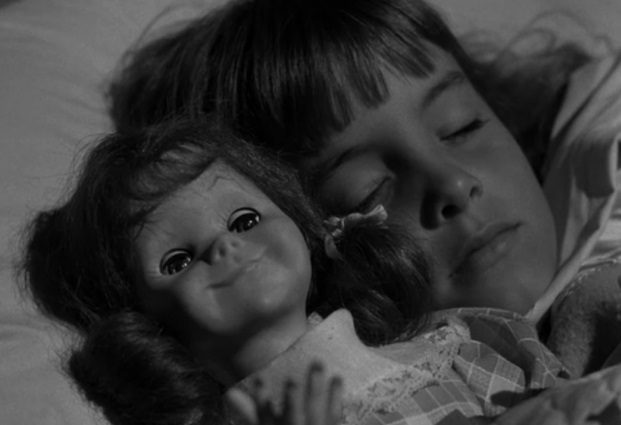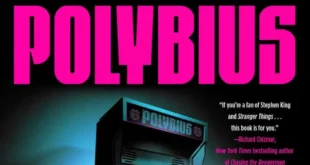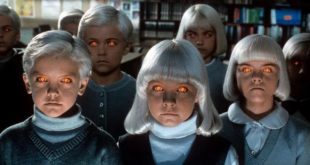The Twilight Zone is a groundbreaking American sci-fi/horror anthology television series created by Rod Serling that ran from 1959 to 1964. It is widely, and correctly, regarded as one of the most influential TV shows of all time, blending science fiction, fantasy, and horror with social commentary. In fact, it’s so influential that the term “Twilight Zone” is used to describe any number of freaky, crazy, kooky, and upside-down situations.
The concept and structure of the series is straightforward enough, as it had to be to keep an audience. Each episode presents a standalone story, often with a twist ending or moral lesson, and it tends to focus more on grand themes than little “slice of life” moments. The series explores themes like dystopia, human nature, time travel, parallel universes, and the supernatural, offering social critiques on issues like war, racism, conformity, and fear of the unknown.
It wasn’t the first bit of art to make such comments, of course. Orwell’s 1984 dealt with many pressing social issues, while offering up huge quotes like the following: “If you want a picture of the future, imagine a boot stamping on a human face — forever.” Still, something about The Twilight Zone hit differently, and still does today, and that may be largely due to the stylish personality and quirks of its creator.
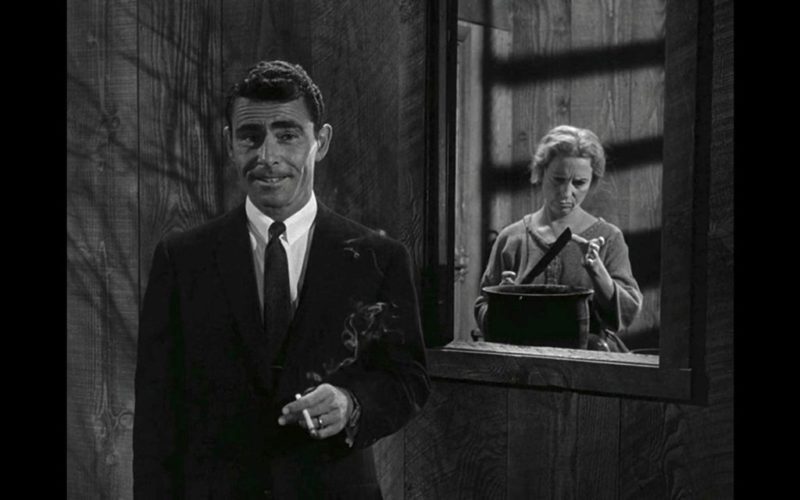
Rod Serling’s Role in The Twilight Zone
Rod Serling, the show’s creator, was also its primary writer and host, and sometimes called the “angry young man” of Hollywood at the time for not wanting to compromise his creative vision. Known for his sharp social commentary, Serling used The Twilight Zone as a vehicle to bypass network censorship and address controversial topics indirectly. His opening and closing narrations, as well as his distinctive voice, became iconic.
In fact, here’s a narration that could even bring a tear to one’s eye, from the episode “The Monsters Are Due On Maple Street”:
“The tools of conquest do not necessarily come with bombs and explosions and fallout. There are weapons that are simply thoughts, attitudes, prejudices…to be found only in the minds of men. For the record, prejudices can kill…and suspicion can destroy…and a thoughtless, frightened search for a scapegoat has a fallout all of its own—for the children and the children yet unborn. And the pity of it is that these things cannot be confined to the Twilight Zone.”
Notable Episodes (with Spoilers)
Many episodes remain classics in popular culture. Some of the most memorable include “Time Enough at Last” (Season 1). In this episode, a man (played by Burgess Meredith) obsessed with reading survives a nuclear blast but is left alone in the world with shattered glasses.
Then there’s “Nightmare at 20,000 Feet” (Season 5). Here, a man (played by William Shatner) sees a gremlin on the wing of an airplane but can’t convince anyone it’s real. It’s a simple concept, but something about this episode stands out for people.
“The Monsters Are Due on Maple Street” (Season 1) – A suburban community descends into paranoia and chaos after a mysterious power outage, reflecting Cold War fears of invasion and suspicion.
One of my favorites is “Living Doll.” Remember: Before there was Chucky or Annabelle, there was “Talky Tina.” Then again, this haunted doll episode does have a character named Annabelle (the mother, played by Mary La Roche).

Get Into the Zone
The Twilight Zone influenced not only later TV shows but also films, literature, and modern storytelling techniques. As it pioneered the anthology series model, it tackled complex philosophical and ethical questions, often leaving viewers with unsettling or thought-provoking conclusions.
Also, typically, it typically didn’t have superhero-esque characters who could “magic” themselves out of a crisis. Fearlessly, it would allow characters to face ambiguous ends, or be plain doomed. Its ability to weave fantastical elements with real-world issues set a precedent for later series like Black Mirror.
The show has been revived multiple times, including reboots in 1985, 2002, and most recently in 2019 by Jordan Peele. However, the original remains the most beloved, with its timeless stories and unique blend of entertainment and intellectual depth. There is no roadmap to life, but there sure are many moments that seem straight out of The Twilight Zone, which is why the show continues to be celebrated for its innovation and lasting influence on science fiction and television.
It would be too dark to say life is nothing but a vast wasteland, but that apparent reality is never too far away, and that’s why we conveniently turn to fiction to make it make sense. When we see the illogical depicted in a logical way, we can deal with the monstrously odd curveballs life throws our way. And, in this case, it’s done with that cool Rod Serling narration.
 PopHorror Let's Get Scared
PopHorror Let's Get Scared
